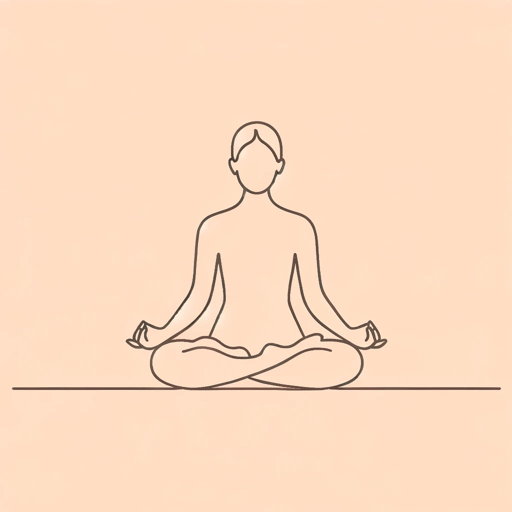60 pages • 2 hours read
Jon Kabat-ZinnWherever You Go, There You Are: Mindfulness Meditation in Everyday Life
Nonfiction | Book | Adult | Published in 1994A modern alternative to SparkNotes and CliffsNotes, SuperSummary offers high-quality Study Guides with detailed chapter summaries and analysis of major themes, characters, and more.
Part 2, Chapters 31-38Chapter Summaries & Analyses
Part 2: “The Heart of Practice”
Part 2, Chapter 31 Summary: “Sitting Meditation”
Kabat-Zinn recommends sitting meditation, which embodies wakefulness. A person sitting in meditation is more immediately recognizable as doing so, as opposed to one who is meditating lying down or standing up. Then, he encourages a meditator to focus on their breathing, expanding awareness to the processes of the mind and body. It is often difficult to resist following a thought to a more detailed analysis of a particular thought or bodily feeling. It takes time and practice to achieve awareness while avoiding getting distracted by specifics.
In a “Try” activity, Kabat-Zinn recommends sitting in stillness for at least five minutes a day. When one’s mind wanders, he recommends bringing it back to the breath and tracing the movement in and out.
Part 2, Chapter 32 Summary: “Taking Your seat”
Kabat-Zinn recommends adopting an erect posture to denote the intentionality of the act of sitting to meditate. Although certain spots may call to someone more to sit and meditate, one can actually sit anywhere to meditate.
Part 2, Chapter 33 Summary: “Dignity”
Kabat-Zinn explains that the posture should be dignified, neither slouched and lazy nor ramrod straight and over-erect; instead, it is energetic and calm. This puts one in the right position to elicit meditation. Coming to our seat with dignity also reminds us of our innate worthiness.
Related Titles
By Jon Kabat-Zinn


